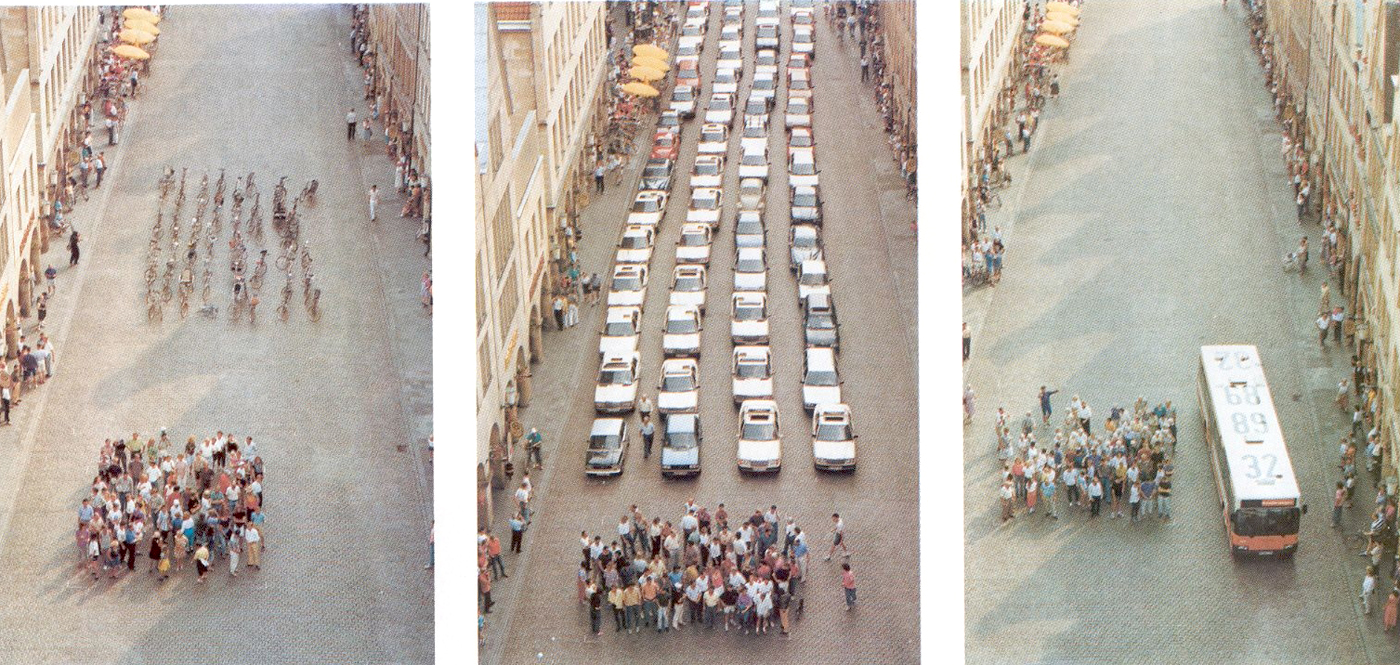Imagine your local government decided to take your neighbourhood main street and make it worse.
Imagine they proposed adding traffic lanes and narrowing sidewalks, all in the name of making sure cars can always go fast.
Imagine they wanted to replace restaurant patios with parking spaces and safe bike lanes with painted arrows intended to remind drivers — please, if it’s not too much trouble — not to run people over.
People would freak out.
So I’m having trouble understanding why it continues to be such a challenge to make the opposite happen. Why is it that when local planners propose taking a street that is lacking in urban amenities and making it better, so many people say no?
The latest example of this is
playing out in North York, along Yonge Street between Sheppard Avenue and Finch Avenue, where staff have brought forward a plan to reimagine the street.
In a lot of ways, the plan is the culmination of a vision first expressed by former mayor Mel Lastman decades ago. He wanted North York to have a downtown all of its own. And after much political wrangling, it actually started to happen. It got a subway station. It got retailers and office buildings. It got density.
But it never got the final piece. This part of Yonge has not been reconstructed since 1975. The road is too wide at six lanes and the sidewalks are too narrow.
As a result, the street is unfriendly — it can feel like a highway — and dangerous. Between 2010 and 2017, the city recorded 78 collisions involving pedestrians and five involving cyclists.
And so Toronto’s urban planners did what they do best. They
designed a plan to give North York’s downtown a downtown street. A safer street. A better street...









